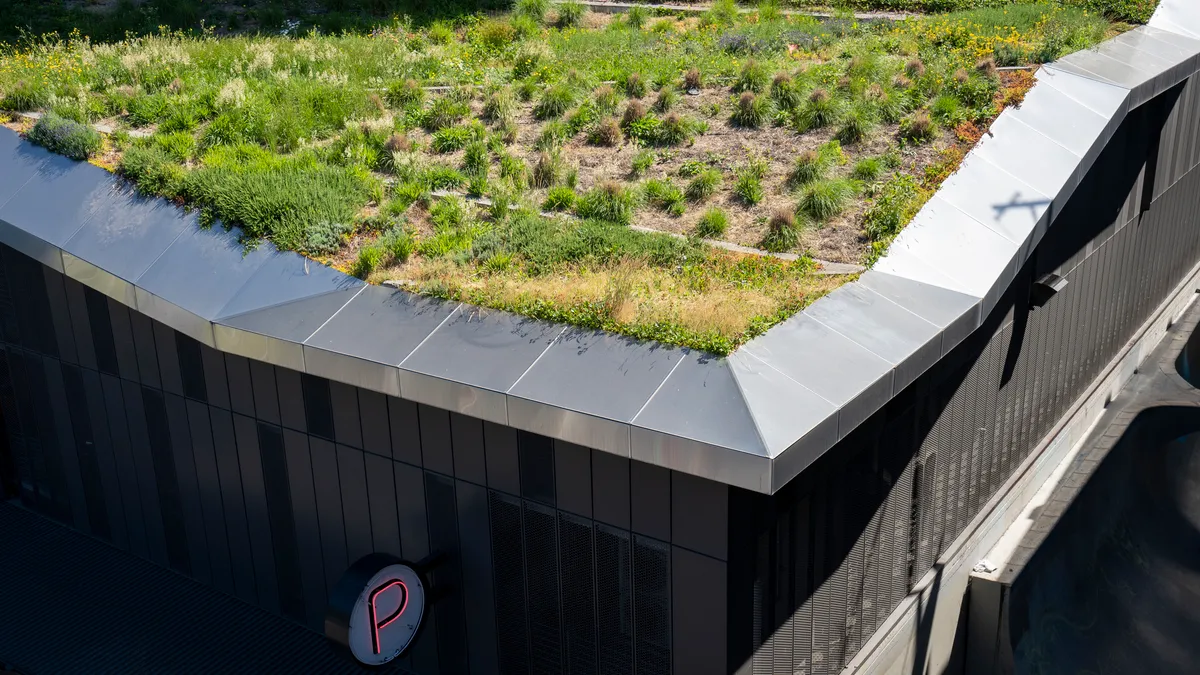Dive Brief:
- Adler Group and 13th Floor Investments broke ground on the $600 million Link at Douglas, a mixed-use, transit-oriented development in Coconut Grove, Florida, that is is one of the biggest projects in area history, the Miami Herald reported. Site work is now underway, and major construction is scheduled to start in 90 days.
- The five-tower project, located on the Miami-Dade Transit’s Metrorail, will offer 1,400 residential units; 280,000 square feet of office space; a 25,000-square-foot public plaza; and 25,000 square feet of retail space. Stantec was responsible for the master plan, and Corwil Architects and Arquitectonica are the architects for Tower One and Tower Two, respectively.
- In addition to being connected to Miami International Airport, downtown Miami and other destinations in the Miami-Dade region via rail, transportation options in and out of the development will also include the Coral Gables trolley, bus service, bike and pedestrian paths and rideshare services.
Dive Insight:
Unlike many areas of Florida, Miami-Dade County has the transportation options and the zoning that make a development like Link at Douglas feasible. In fact, earlier this year, the Miami-Dade Board of County Commissioners developed and adopted a comprehensive development master plan ordinance that increases allowable density along six rapid transit corridors. This action was taken by local lawmakers specifically to encourage transit-oriented developments (TOD).
The new zoning rule allows developers to build TODs outside city limits and offer 60 residential units per acre within one-quarter mile of any of the six corridors; 36 units per acre between one-quarter and one-half mile of a corridor; and 18 units per acre within one-half mile and a mile of a corridor. A recently created tax zone around these corridors is expected to generate almost $2 billion during the next 30 years.
TODs are planned around light-rail or commuter train service and typically include a mix of uses to draw in those looking for a live-work-play environment, at the very least, a walkable one. Also driving interest in TODs, according to the Transit Oriented Development Institute, is the desire to travel to and from work and other activities without having to deal with traffic congestion, as well as the growing interest in urban-style living. Supporters of TODs also claim that they are a sustainable and health-conscious approach to development, reducing drive time by as much as 85% and encouraging daily walking.
Zoning and other regulation changes that encourage TODs can also create more opportunities for contractors, architects and businesses in general. Development around the $2 billion Southwest light-rail stations in the Minneapolis area, for instance, is on track to exceed $1 billion.











